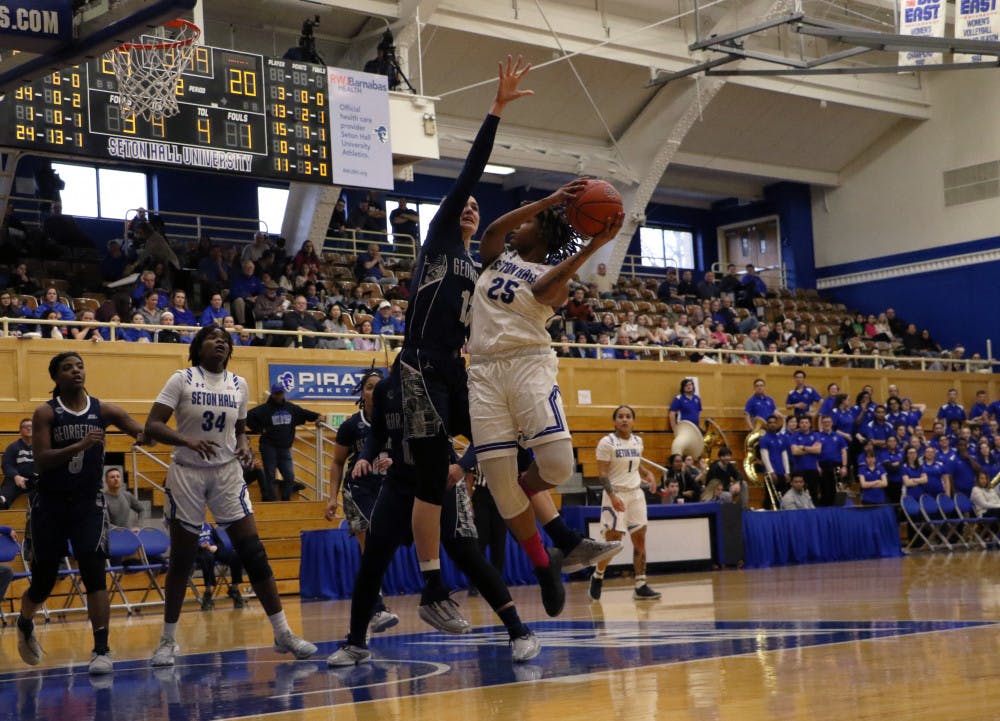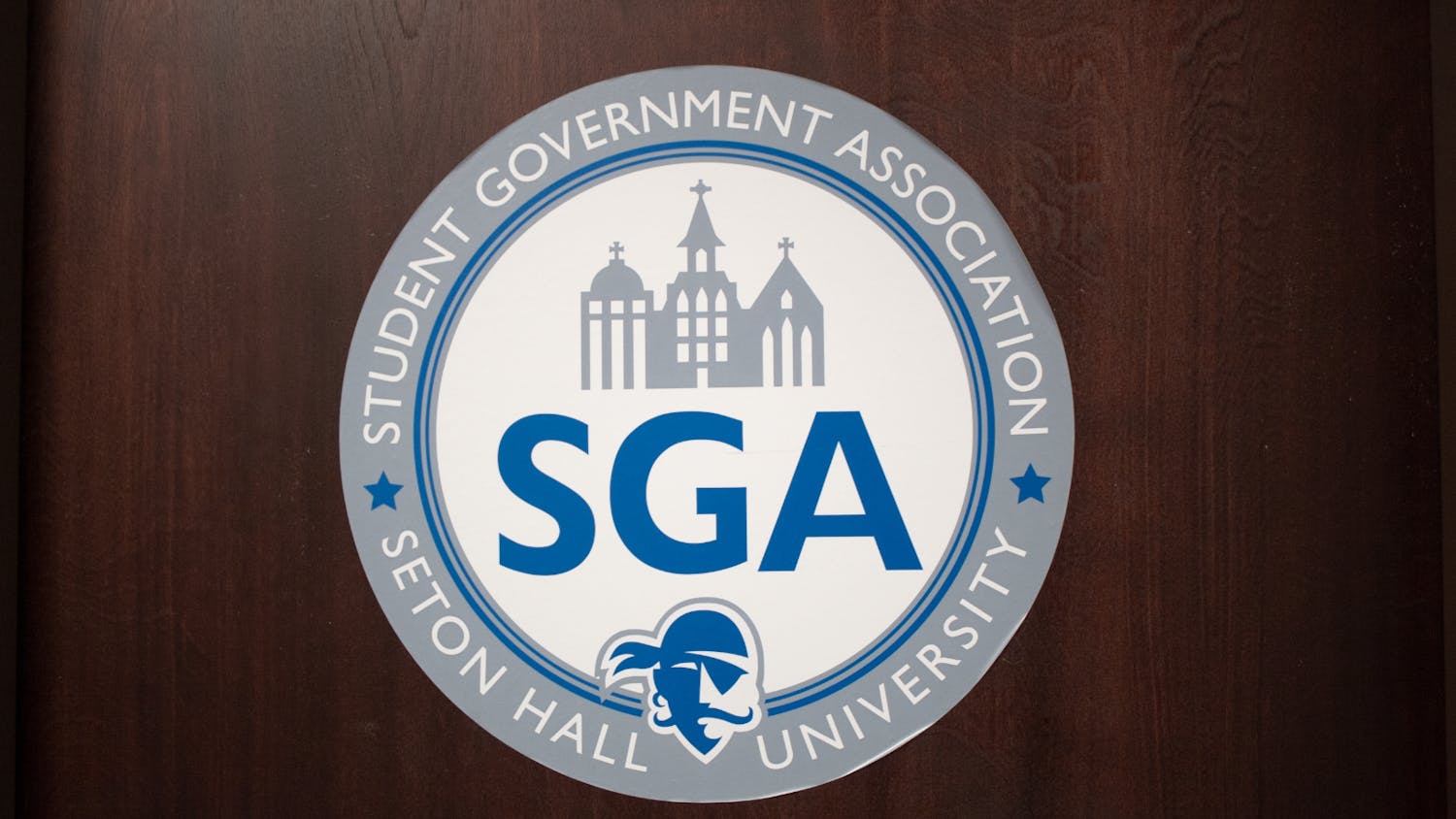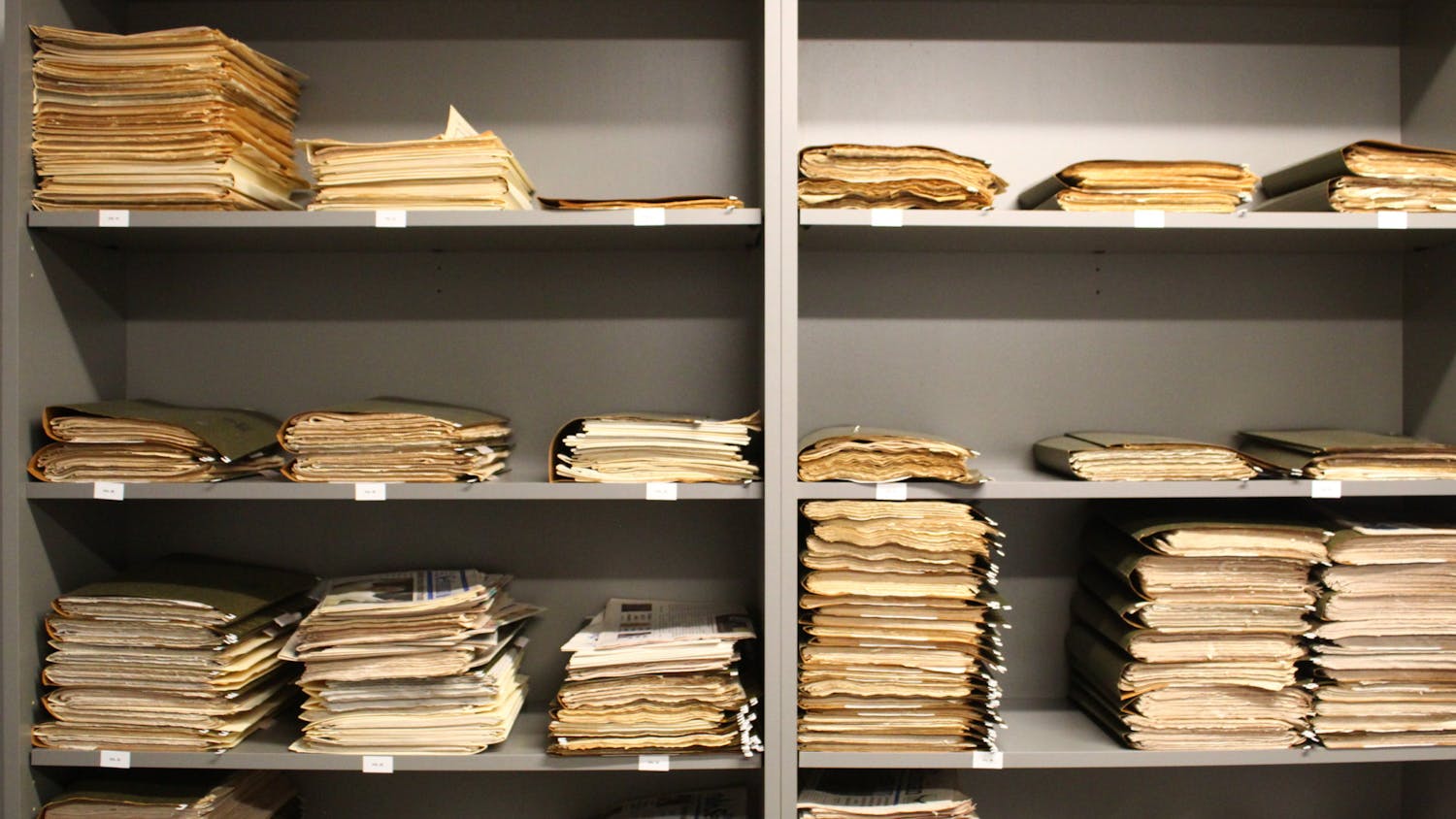For student’s optimal safety, “Blue Lights” are stationed through out campus for student’s emergency needs.
According to Sergio Oliva, the assistant director of administrative services in the Department of Public Safety, there are 52 of the Blue Light emergency phone towers throughout campus. The phone towers are strategically placed to be easily accessible and “upfront, in your face,” with the majority of them located in the parking deck. Oliva said that there are six per floor, with four in the old section and two in the new, totaling 30 phones located within the whole structure.
Although not mandated by any law, Oliva said that he believed the phones are “a great thing to have.”
Oliva said that there are two types of towers, the mounted wall phone and the stand alone tower, each topped with a distinct blue light to make them easier to spot. Each of the phones, created by the Talk-A-Phone company, feature two buttons: the black, non-emergency button, and the red one.
The black button is for situations such as car problems or requiring an escort to walk with you to your dorm or car. The black button dials the department of public safety. The red button, on the other hand, is strictly for immediate danger. This button dials directly to 911, in order to ensure an immediate response, according to Oliva.
Although the department of public safety is contacted and can listen to the call, it cannot interfere. Oliva also said that each tower has a distinct number, to make it easier to locate the issue. However, he added that the department of public safety is not worried about the location of the incidents that do not pose immediate threats, but they are “more concerned that the service is provided,” and the issue is resolved.
The concept of the emergency phones, according to Oliva, was developed around a “pre cellphone system,” that has become almost obsolete in this day and age. He said that many students would just think to use their own phones in an emergency instead of the blue light phones around campus.
However, he believes that if more students knew about the phones and how to use them they would become an invaluable resource for campus safety. Oliva points out that there is “still a use for it.” Just last year, he said that an attempted robbery was stopped after the student used the phones to contact the authorities.
The phones can also be used by communities outside of college campuses. Oliva said that the phones can also be equipped with sirens to help in the case of a weather emergency or for help as a form of mass emergency communication. For more information about the emergency blue light phones, see the department of public safety’s page on the Seton Hall website, which also includes a map of all of the phone locations on campus.
Elena Vitullo can be reached at elena.vitullo@student.shu.edu.





